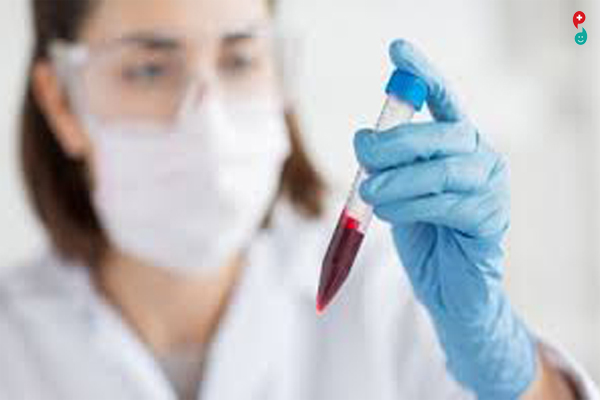
Blood Alcohol Concentration
Definition
Blood alcohol concentration (BAC) refers to the amount of alcohol present in the bloodstream.
A BAC of 0.05% (point 0 five) means that there is 0.05 grams of alcohol in every 100 millilitres of blood.
Factors affecting the BAC:
The more a person drinks, the higher their BAC, however, two people who drink the same amount of alcohol might register quite different BACs. This is due to a variety of factors including body size, whether or not they have eaten recently, percentage of body fat, whether they are male or female and whether or not they have drunk before.
Body size:
A smaller person will have a higher BAC than a larger person for the same amount of alcohol consumed, because the alcohol is concentrated in a smaller body mass.
Empty stomach:
A person with an empty stomach will reach a higher BAC sooner than someone who has just eaten a meal, because food in the stomach slows the rate at which alcohol passes into the bloodstream. However, eating before drinking does not prevent intoxication.
Body fat:
Alcohol is not absorbed into fatty tissue, therefore people with a greater proportion of body fat will develop a high BAC more quickly than those who have lower proportions of fatty tissue. This occurs because the alcohol becomes concentrated in the smaller mass of non-fatty tissue.
Gender:
Women's bodies, being generally smaller than those of men and with a higher ratio of fatty tissue to lean muscle, will absorb alcohol more quickly than men's bodies do. This means that a woman drinking the same amount of alcohol as a man, will develop a high BAC more quickly than the man will.
Inexperience:
Less experienced drinkers have a lower tolerance to alcohol and so their BAC is likely to rise more quickly than it will in more experienced drinkers.
One standard drink:
One 12 oz. regular beer (4.5% alcohol)
One 7 oz. malt liquor (7% alcohol)
One 5 oz. glass of wine (12% alcohol)
One 1.5 oz. shot of hard liquor (40% alcohol)
One-third jigger (.5 oz.) of Everclear (95% alcohol)
More than one standard drink:
One 16 oz. cup of beer = 1.4 drinks
One 40 oz. beer = 3.6 drinks
One 22 oz. malt liquor = 3 drinks
One 12 oz. glass of wine = 2.9 drinks
One 12 oz. margarita = 2–4 drinks, depending on ingredients
One 12 oz. cup of trashcan punch = 4–10 drinks, depending on ingredients
Wait for your BAC to drop before driving:
It is important to remember that BAC can continue to rise up up to 3 hours after the last drink was consumed.
The only way to remove alcohol from your system is to allow the body time to process it. Showers, coffee or fresh air will not reduce BAC.
On average, the liver breaks down a little less than one standard drink per hour. Before driving, you should wait at least an hour for each standard drink you've had.
Have a back-up plan
If you have too much to drink, be prepared to make other arrangements so you don't have to drive to get home.







